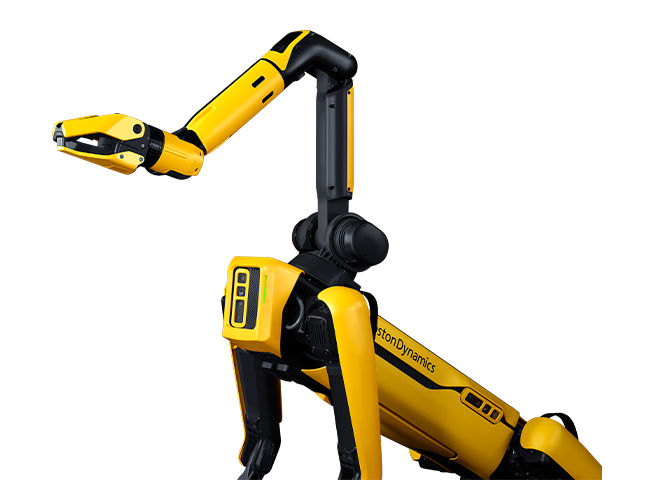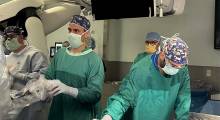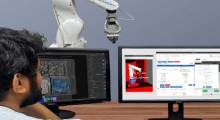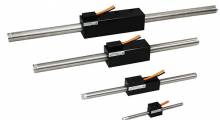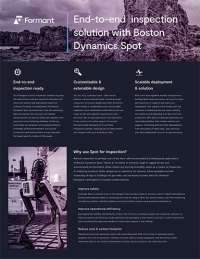As multiple industries look to robotics for augmented capabilities, the age of precise motion control is upon us. Depending on the application, developers and suppliers need to design or select the best motors, encoders and controls for the job.
As fleets of autonomous systems pick, assemble, and move materials from one point to another, end users need to be confident that they will provide reliable, precise, safe motion. Some examples include robots that can collaborate with humans and even aid surgeons performing complex procedures in the operating room.
Robotic motion control leads to cake
How about baking a cake? Well, yes, robotics can help with that also. Food machinery provider Unifiller Systems Inc. teamed with integrator Apex Motion Control Inc. on the Baker-Bot. It was designed to be a versatile robotic bakery assistant that can be easily integrated into any new or existing cake line.
This robot can assist bakeries and baking plants with an extra set of hands, according to Unifiller Systems. It can be programmed to load and unload pans onto conveyors and baking racks. The companies also said it can “decorate cakes, deposit flowable products, and pick and place items with precision—no breaks needed.”
Collaborative robots can also provide the benefit of socially distancing scarce workers, who can focus on less repetitive tasks, said Apex Motion Control.
Motion with multiple limbs
When we think of robots, a common configuration is one with a single arm. However, we can look at legged robots as having multiple articulated limbs. One of the best-known quadruped robots is Boston Dynamics' Spot, which is now available for sale.
The company, now a unit of Hyundai Motor Group, describes Spot as “an agile mobile robot that navigates terrain with unprecedented mobility, allowing you to automate routine inspection tasks and data capture safely, accurately, and frequently.”
As seen on 60 Minutes this week, Spot can travel on battery power at 3 mph and has a range of about 90 minutes. The mobile robot's battery packs are interchangeable, and it can be equipped with an arm and a gripper.
Spot is designed to be able to work in harsh environments. If it gets knocked down, Spot can right itself back up and into motion. What’s more, it can carry a payload of about 30 lb. and a variety of sensors. Boston Dynamics is initially positioning Spot as a tool for remote inspection of mines, nuclear power plants, construction sites, and secure locations.
Advancing robots in healthcare
At Citrus Memorial Hospital in Inverness, Fla., the staff almost considers robots as additional members. Robotics is a designated department, and robotic precision is being used to assist surgeons to perform complex surgeries, like operating on a patient's lung.
Recently, a robot assisted with thoracic surgery by helping to perform lung wedge resection. The surgery, known as a lung re-sectioning, removed a portion of a patient’s lung where a cancerous tumor had grown. The physiology in such a procedure is obviously delicate and fragile, but a robot can be trained and used to perform with minimal margin of error, according to Mark Fernandez, MD.
A surgical robot allowed a surgeon to perform the procedure by very meticulously dissecting a lymph node or conducting scarless thyroid surgery. This enabled the surgeon to access the area and perform the procedure accurately and with the greatest precision.
Motion control and the future of human-robot collaboration
Note that all of these examples include humans “in the loop,” from working alongside bakers and remotely controlling Boston Dynamics' Spot to assisting surgeons. Precise motion control can transform robotic assets in flexible and useful tools, as they move autonomously or semi-autonomously through production sites, carry out multiple tasks, or carry playloads.
Just as autonomous vehicles require increasingly sophisticated perception and navigation technologies to be safe and reliable, so do emerging industrial robots need the advantage of modern motion control. Those who embrace it are not just embracing new technologies; they are creating new ways to perform tasks and assist human beings.
About the Author
Follow Robotics 24/7 on Linkedin
Article topics
Email Sign Up

